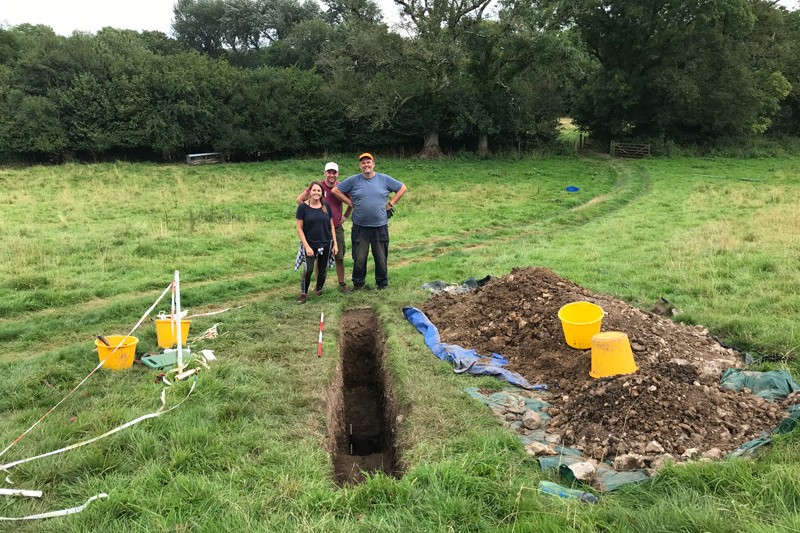Bournemouth University lecturer Dr Julie Kirkby is investigating the significance of copying and note-taking in the classroom and how it affects the learning in children with dyslexia.
The British Dyslexia Association states that copying presents serious difficulties to almost all learners with dyslexia.
Three children in every classroom are dyslexic; representing approximately 1.2 million children in the UK.
Dr Kirkby’s research with The Language and Literacy Group at Bournemouth University investigates how dyslexia affects learners when they are reading from classroom whiteboards.
“Classroom learning is the bedrock of school education, which relies heavily on copying and note-taking. Copying from a board presents serious difficulties to learners with dyslexia,” said Dr Kirkby.
The BU lecturer suggested that copying is psychologically complex. The process involves a series of sequential visual and cognitive processes, including visual-encoding, construction and maintenance of a mental representation in working memory, and production in written form.
On a daily basis children transcribe information from text books or whiteboards to notes as Dr Kirkby suggests copying to be ever-present in the classroom.
The cognitive processes involved in copying are under-researched and there is a significant lack of data on how the process takes place relating specifically to dyslexic children.
Improved theoretical understanding of the transcription process will underpin practical educational support of those who struggle with language.
For children and adults with dyslexia, copying off of whiteboards can be very challenging at times.
“In our experiment we use a head-mounted eye-tracker to simultaneous record eye movements, gaze transfer, and written production as adults and children hand-copied specially selected written stimuli presented on the classroom whiteboard.”
The results of the study show that adults typically encode and transcribe words as a whole word, but researchers found that even children without reading difficulties used only partial-word representations and separated the to-be-copied words into several sublexical units.
Article originally published in The Rock student newspaper, written by Sam Squelch.



